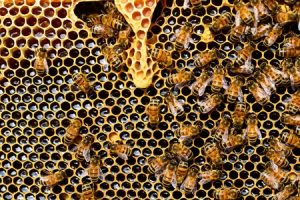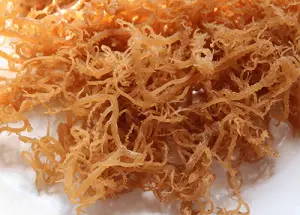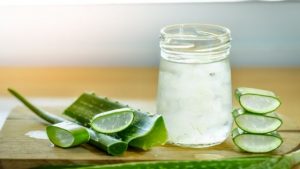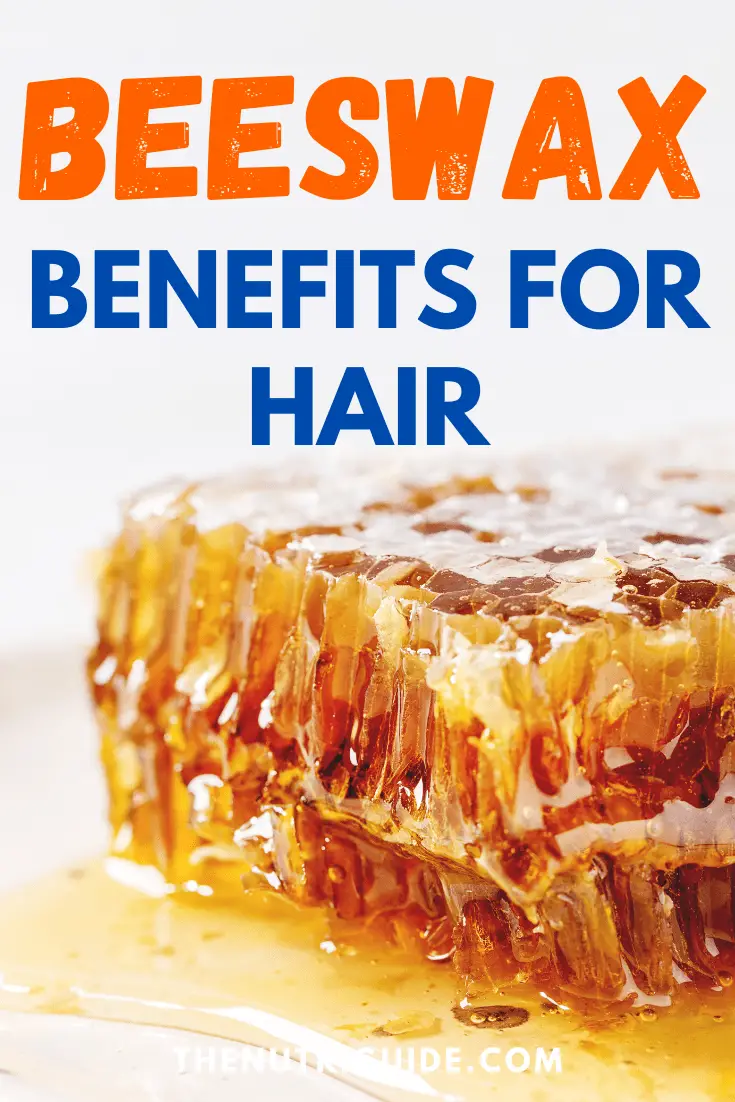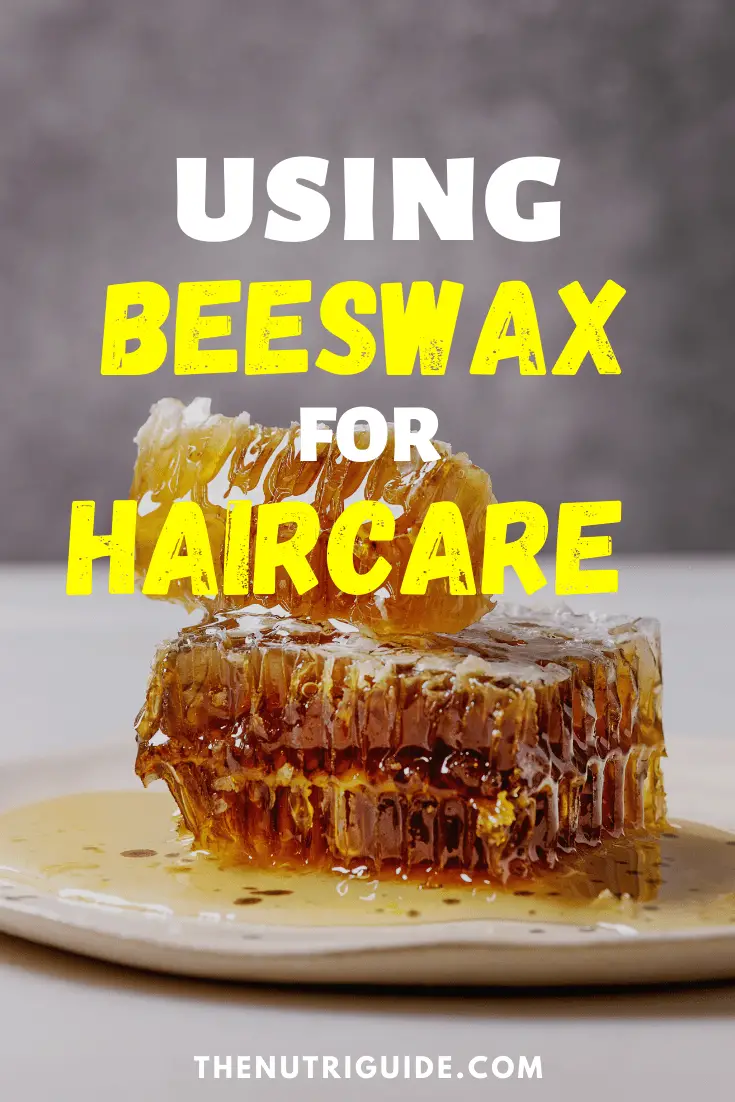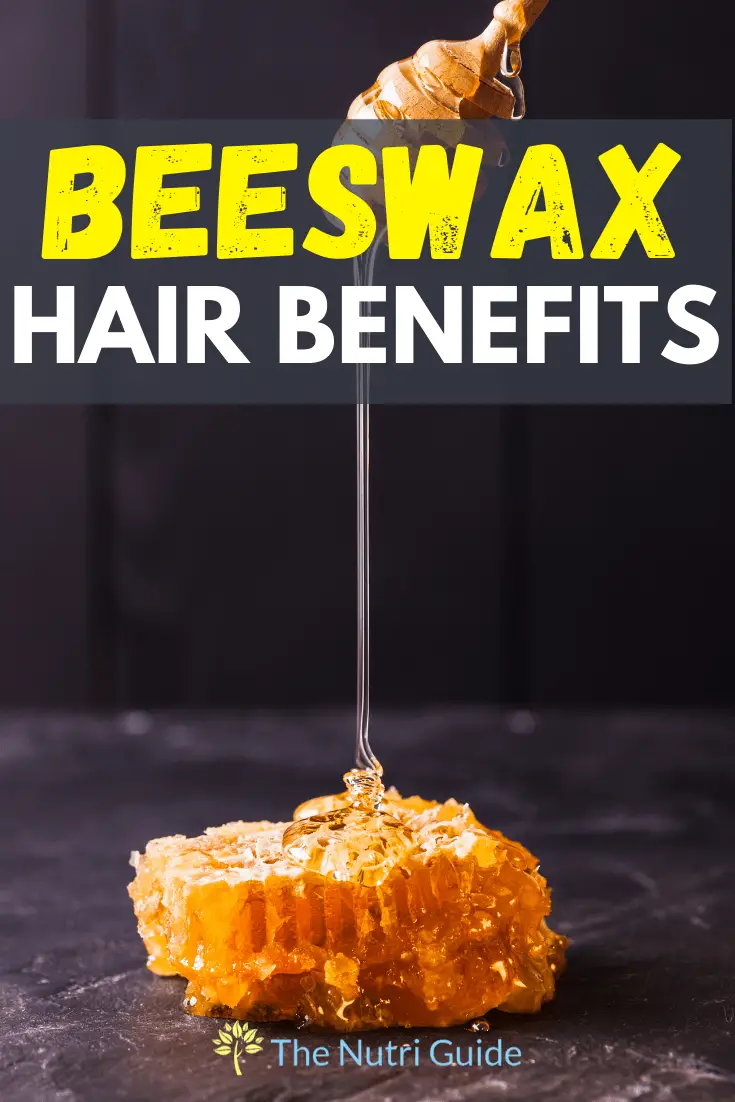Beeswax Benefits for Hair
Beeswax Benefits for Hair: Improve Hair Growth and Health Naturally
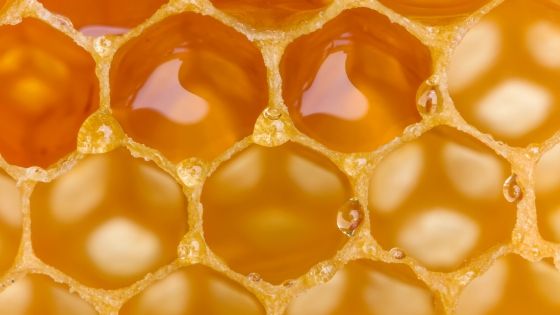
When you buy through links on our site, we may earn an affiliate commission at no additional cost to you (learn more)
Bees are a wondrous creature that have been bestowing gifts on the human race for millennia. With deep ties in human history, bees and the products they produce have been used for innumerable purposes. Among those purposes is for hair health! Beeswax has been used in the food, beverage, and cosmetic industry in numerous ways. As far as your hair goes, it can be used to tame pesky fly-aways, potentially accelerate hair growth, and also sooth an irritated scalp. Read on to learn about this wonderful creation of nature.
What is Beeswax?
Bees collect pollen from flowers and bring it back to their beehive to be restructured and stored as honey. The honey is stored in little cells that the bees construct using beeswax that they secrete. The structure they build is known as a honeycomb, a hexagonal structure that honeybees are classically known for.
Beeswax can be white but often ends up being a deep yellow and sometimes brown color due to the oils that the bees mix into the wax. In order to create beeswax, bees need to consume honey. Bees consume honey and beeswax forms on their abdomens and then falls off. Worker bees take those flakes of wax and chew them up in order to soften them for the purposes of honeycomb construction.
Historical Uses of Beeswax
Besides being used to incubate baby bees, store honey, and form the main structure of beehives, beeswax has been used by humans for numerous purposes as well over the centuries. For example, ancient Egyptians used it in their mummification process. They also used it to help keep curls from falling flat in the wigs they made and for protecting the surfaces of paintings.
Beeswax Uses Today

Today, beeswax is used for a number of medicinal purposes, including for lowering cholesterol, pain relief, inflammation, ulcers, and diarrhea. It can also be applied topically for various ailments. Some uses of beeswax are supported by research. For example, some research has indicated that mixtures including beeswax can bring relief for anal fissures, hemorrhoids, and diaper rashes alike.
Other research indicates that other mixtures including beeswax can help burn victims by decreasing hospital lengths of stay and by speeding up the healing process. There is also evidence that shows beeswax may be beneficial when used in mixtures for the treatment of oral ulcers that result from cancer treatments, helping to increase the rate of healing. Beeswax also has implications in the treatment of fungal skin infections including those of ringworm, jock itch, and tinea versicolor.
Other anecdotal uses include treatment for pain and hiccups. Furthermore, different forms of beeswax are used in the food, beverage, and cosmetic industries, serving as a thickener, emulsifier, or stiffener. For example, it has been used as a wrapping for aging cheeses and to help give shine to products in the food industry.
Beeswax for Hair
The hydrophobic properties of beeswax make it a very valuable agent in the cosmetic industry. For one, it can improve hair health by helping to lock moisture into your hair strands. Beeswax also has some vitamin A in it, which is known to help keep hair healthy.
People who have difficult-to-manage hair can use beeswax to keep frizz at bay and to keep braids looking crisp and clean. There is also research that indicates beeswax may help improve hair growth. And further research, still, has shown that beeswax can help with the skin and scalp by bringing relief to different skin ailments including psoriasis, eczema, and dandruff.
Using Beeswax on Hair
When applying beeswax to your hair, it may be helpful to do it when it is wet. You should also be wary of applying too much of the wax as it can cake on and end up looking flaky. It helps to warm the wax up by rubbing between your hands before applying, just to get a more even application consistency.
It may be beneficial for you to wear a head scarf at night to help decrease the number of times you have to add more beeswax. And to remove beeswax from your hair, there are a couple of options. One is to use olive oil by letting it soak in your hair for 3 to 5 minutes and then washing the wax and oil out with dish soap. This should be followed with a conditioning wash of your hair. Other products that work in the removal of beeswax from hair are baking soda and apple cider vinegar.
The Bottom Line
Beeswax has been used for generations, and with good reason. Being a completely natural product, it does not contain harmful chemicals that other haircare products do. And its chemical structure and composition make it particularly useful for haircare. Whether you are seeking to keep your hair straighter for a bit longer, keep frizz at bay, or soothe irritated skin, beeswax can be an amazing answer to your hair problems.

